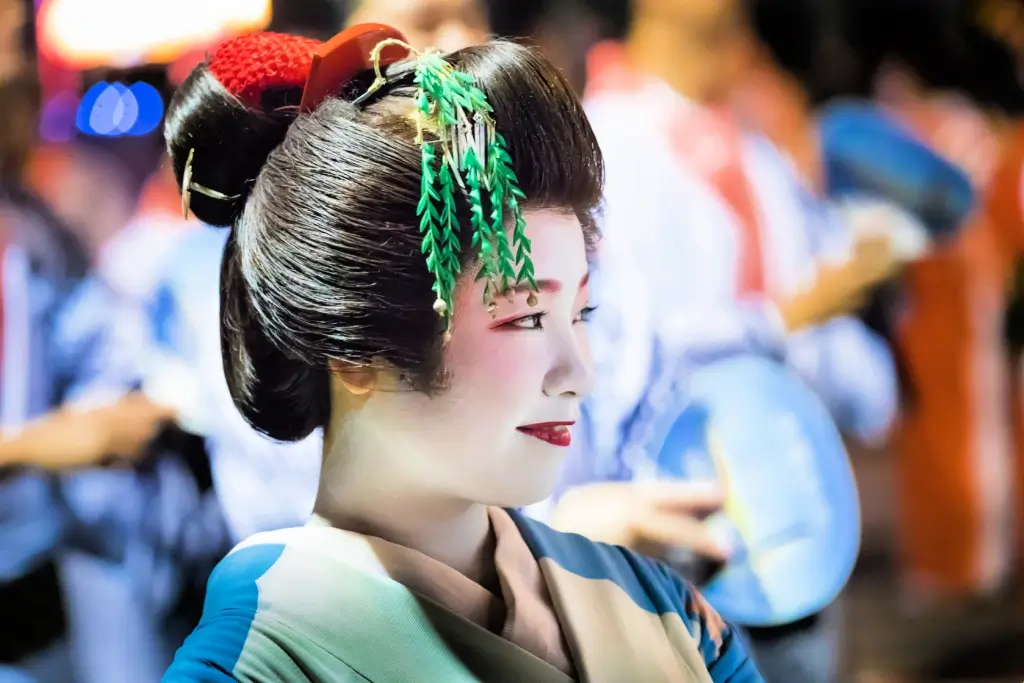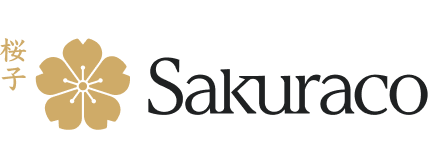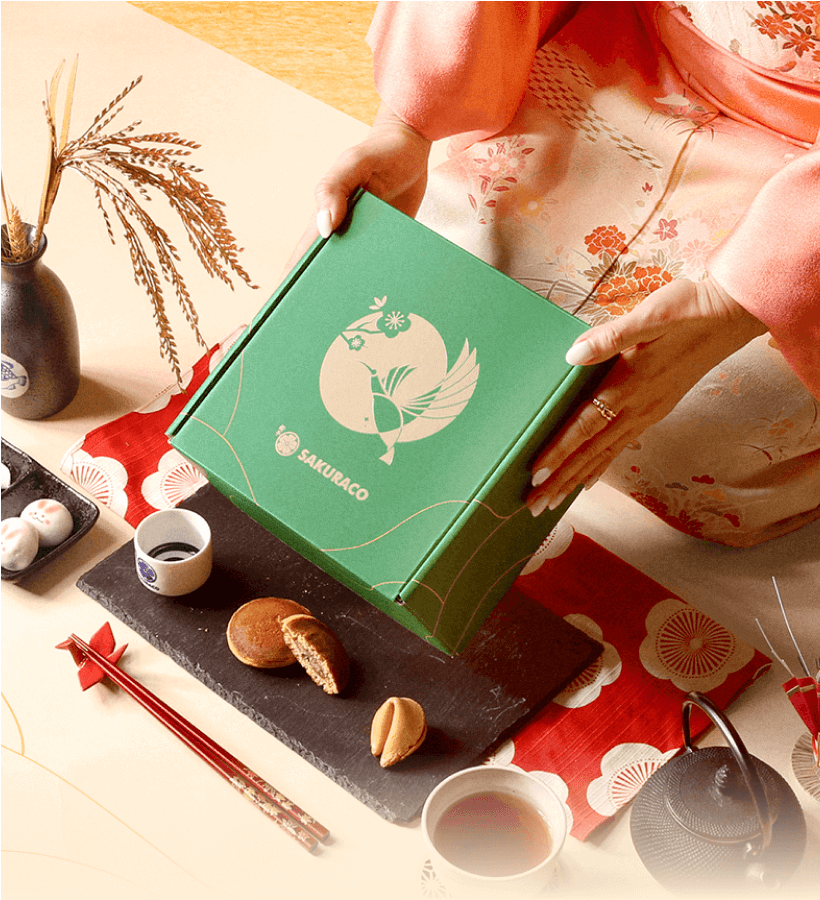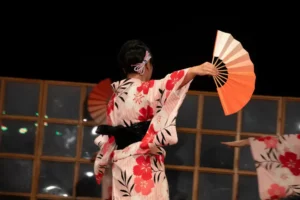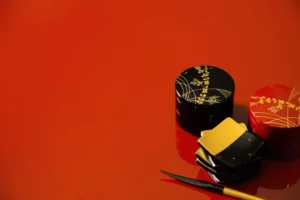Kyoto and Tokyo are famous for their geisha. But did you know that geisha also exist outside of these two areas? They cultivated their regional customs and styles far from the imperial capital. One such type of performer was the geigi of Niigata City.
They were more exposed to the outside world and developed mannerisms and attitudes not usually associated with the typical geisha. These differences remain even as they continue the tradition today. Today, we’ll look at these geisha from Niigata, their history, and what sets them apart from those in other parts of the country.
Table of Contents
ToggleWho are the Niigata City geigi?
Niigata City is located in Niigata Prefecture, where the Shimano River enters the Sea of Japan. The district of Furumachi (“old town”) is not too far from the coast. Geigi originated here over 200 years ago on Furumachi-dori (Furumachi Street), which stretches inland for about two kilometers along the river today. The area is still the center of culture, with many performers living and working there, dedicating their lives to the tradition.
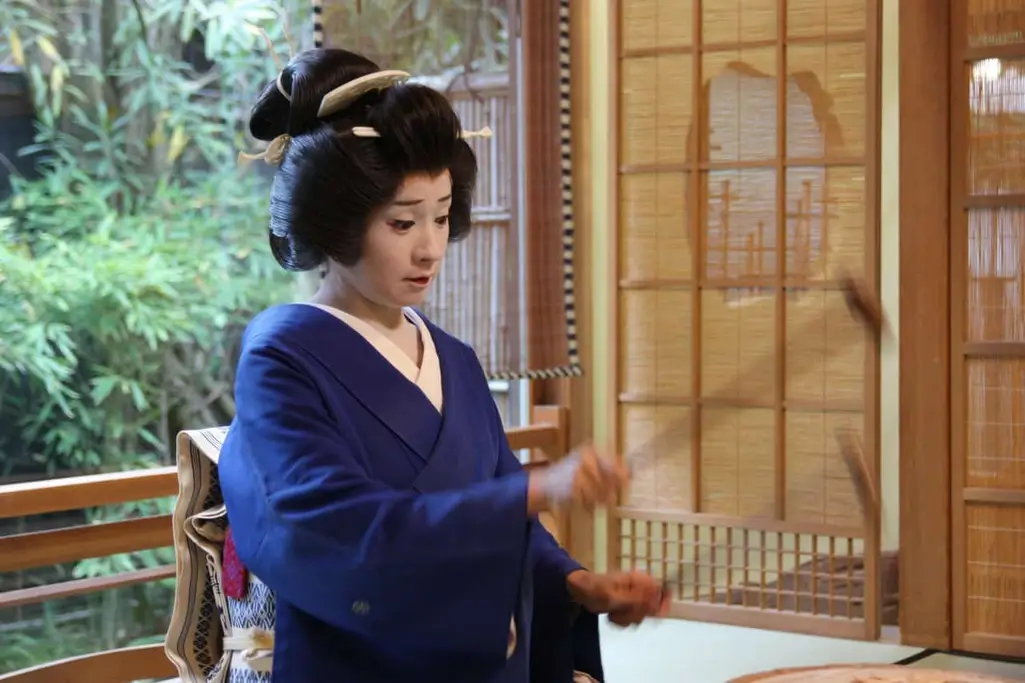
“Geigi” literally means “art person” in the local dialect. The practice emerged as a formal tradition in the area during the Edo period after spreading eastward from Kyoto via Tokyo. Just like their counterparts, they are trained entertainers. Their performances also include prayers for prosperity, such as those of Minato Odori.
The Historical Roots of Geigi
Niigata’s geisha tradition is deeply intertwined with the city’s historic role as a bustling port town. The gold mines off Niigata’s coast on Sado Island increased production, bringing wealth to the Niigata area. The region entered a new period of prosperity. The Kitamaebune (“north-bound ships”) trade route was established and developed. It connected Osaka with Hokkaido, and thousands of cargo vessels made the journey every year. Soon, it began to play a significant role in the Japanese economy. Niigata was Japan’s largest rice-producing area, quickly becoming the busiest port on the Sea of Japan.
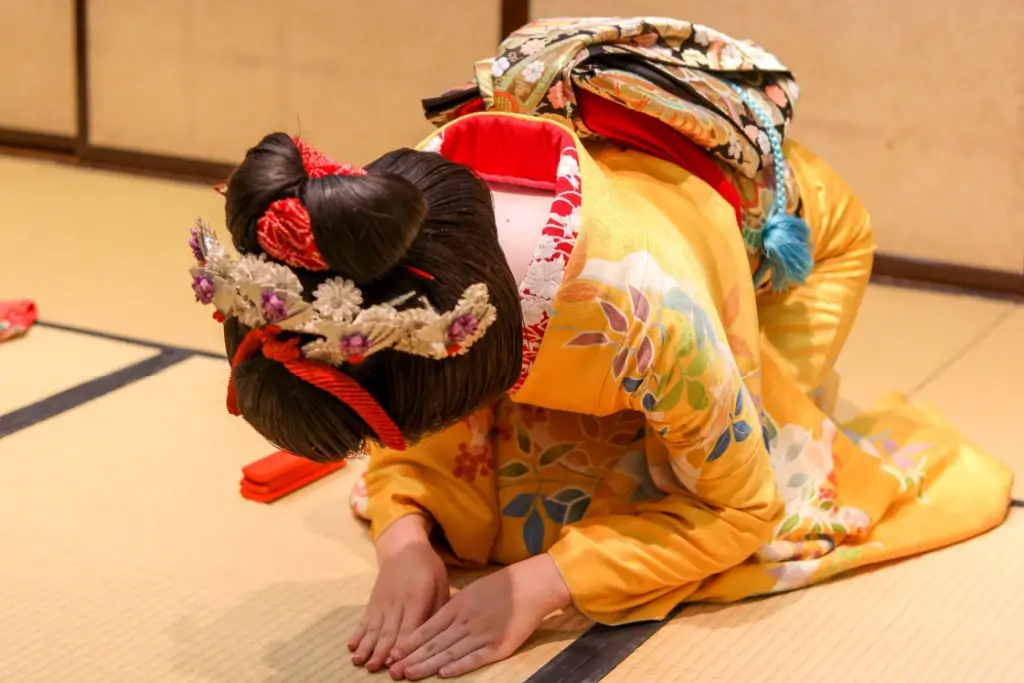
By the early Meiji Era (1868-1912), Niigata was one of the nation’s wealthiest and most populous parts. Naturally, a thriving entertainment district formed in the city to cater to its constant flow of workers, traders, and wealthy merchants. The Furumachi neighbourhood was the epicenter of all this activity. Geigi began performing at the city’s many teahouses, banqueting halls (ozashiki), and luxury restaurants (ryotei). Politicians and even members of the Imperial family soon became clientele. By 1884, nearly 400 were performing in Furumachi.
Are you looking for great snacks from places like Niigata? Check out Sakuraco! Sakuraco delivers traditional Japanese snacks, teas, and sweets from local Japanese makers directly to your door so you can enjoy the latest treats directly from Japan!
Differences Between Geigi and Geisha
As with other geisha, playing the shamisen is an essential skill. Mastering the singing of local songs like Niigata Okesa while playing the instrument is also essential. But training generally begins later for geigi and is considerably shorter. And it is not common practice for more mature and established performers to take on apprentices as trainees. They also wear different kimono.
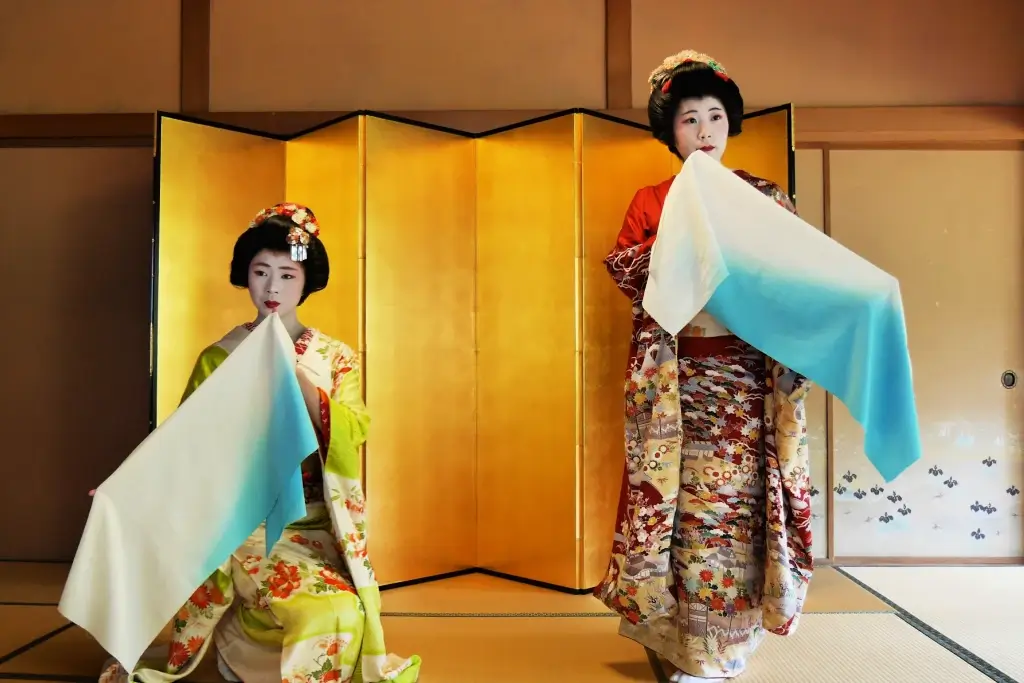
Their dancing differs from that of geisha in other parts of the country. The physical movements of laborers and port workers heavily influenced their movements, making them more functional and stable than ornamental. This is known as the Ichiyama School of Dance, which differs from Kyoto’s Gion District‘s refined Kyo-Mai style.
The constant contact with merchants, travelers, and the lower classes also affected the geigi’s mannerisms. The more reserved geisha traditionally required referrals before entertaining guests, a practice that continues today. However, contact with the world outside Japan has made Niigata’s geisha much more approachable. They continue their tradition of openness by welcoming first-time visitors and engaging guests in drinking games like taruken.
Geigi in Modern Japan
The tradition declined after World War II, with only 60 geigi practicing by 1985. However, in 1987, the efforts of Ryuto Shinko revived the community. His company recruited the entertainers, connected them with venues, and organized benefits that allowed them to work full-time. Because of his efforts, the tradition is still alive in Niigata.
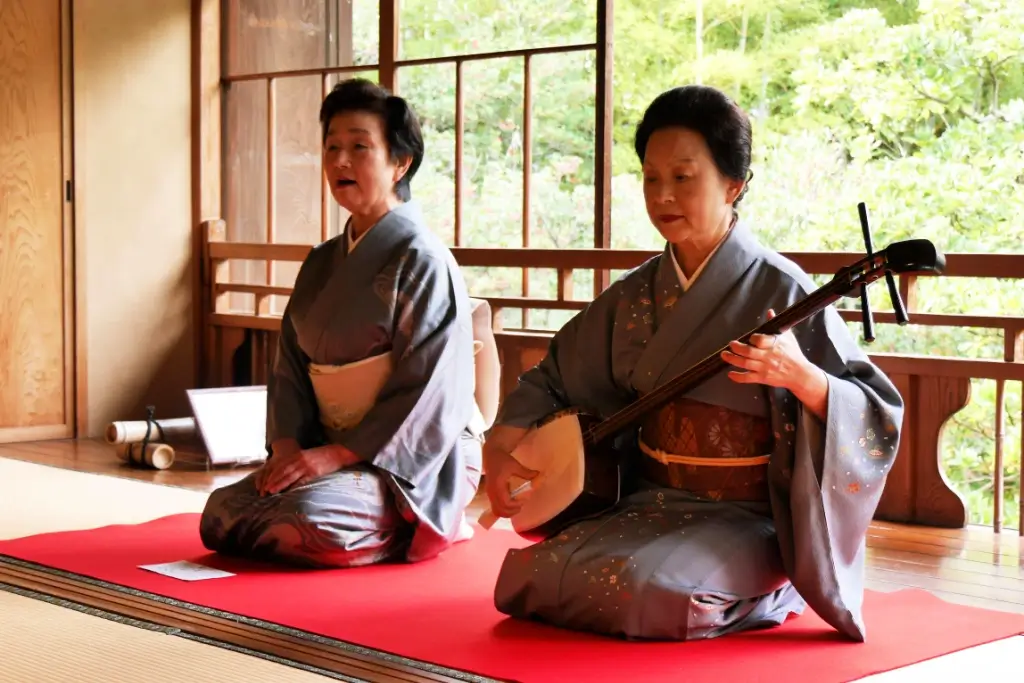
Nabejaya, a traditional Japanese restaurant founded in 1846, and Ryuto Geigi Cafe regularly host performances. These usually cost between 4,500 and 20,000 yen, much less expensive than elsewhere in Japan. Cultural buildings like Saito Villa and various festivals also host events.
Why does the geigi tradition endure in Niigata City?
This tradition endures because it embodies this coastal region’s spirit and regional pride. It is a reminder of past prosperity and fosters attitudes of acceptance. This expressive art also preserves a regional history shaped by Niigata’s port heritage, and distinct from Kyoto’s imperial roots. Instead of generating interest through secrecy and mystery, geigi draw interest because of its inclusive approach. This accessibility bridges the gaps between people and cultures. It is an attitude that contrasts sharply with other, more formal Japanese practices that can tend towards exclusivity.
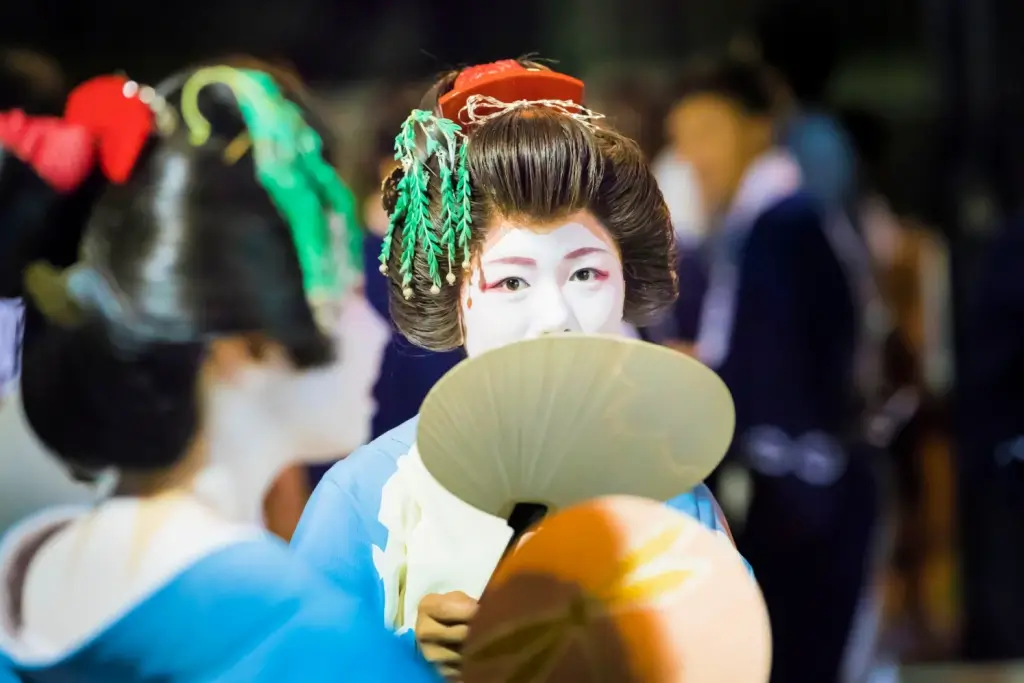
Niigata has created a tradition that invites newcomers to enjoy its charm in welcoming settings. Its skills and friendly demeanor reflect Niigata’s open, port-city spirit. Its culture of friendliness towards outsiders is sure to find a place in today’s Japan as more and more visitors land on its shores. Have you ever been to one of their performances? Do you know of any venues or festivals where newcomers can appreciate this art form? Share your thoughts or suggestions in the comments below!
Cited Sources
- BBC. “The Niigata Geigi: Japan’s ‘other’ geisha.”
- Niigata City Official Travel Guide. “Niigata Furumachi Geigi(Geisha) ~Enjoy the traditional culture of Niigata City~“
- Japan National Tourism Organization. “Niigata Furumachi Geigi“.


